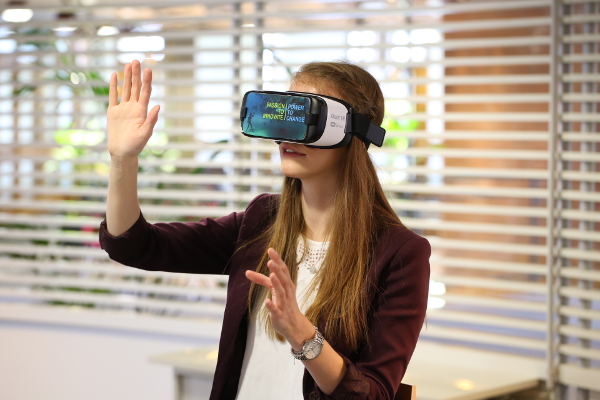
The iPhone 12 series comprises iPhone 12, 12 mini, 12 pro, and 12 Pro Max. Unlike all the previous iPhones, 5G is the most outstanding improvement in the iPhone 12 family, putting into consideration the benefits 5G brings to the business world.
To get a glimpse and a quick understanding of the iPhone 12 family’s new specifications in terms of upgrades from previous iPhones, below are their key features.

Network
5G being the next-generation network that will revolutionize communication by improving speed and lowering latency significantly, the iPhone is not left behind. All the iPhone 12 phones are 5G enabled.
5G has not received full implementation; as a result, you will not be able to experience the thrill it brings from various locations.
Concerning the consequences that 5G brings in draining the battery fast, the phones come with smart data mode that will always switch to 4G when the 5G is out of reach.
Processor
A14 Bionic processor. The processing speed of the iPhone 12 phones has been enhanced tremendously by the A14 Bionic processor developed by TSMC and launched in September 2020. The processor has 11.8 billion transistors, unlike the 8.5 billion transistors of the 13 chip.
An increase in transistors means better performance and better battery life. The size of the processing chip has been reduced from 7 nanometers to 5 nanometers to increase processing speed and lower the costs of manufacturing.
Battery
Despite the game-changing features in terms of speed and lower latency of 5G, it is an enemy of the battery life. It will drain the battery faster than previous iPhones with 3G and 4G networks. To solve this, the iPhone 12 comes with a 10% larger battery capacity.
MagSafe wireless charging
In addition to the 20W fast charging as advertised by Apple, the iPhone 12 phones also come with a MagSafe wireless charger that delivers the power of 12W on iPhone 12 and up to 15W in iPhone 12 Pro Max.
MagSafe uses a ring of magnets beneath the wireless charging coil designed for the latest iPhone to deliver a fast charging experience and to optimize power delivery to the phone. Note that the power delivered to the phone may vary depending on the system activities and power wattage.

Rear camera
The iPhone 12 and 12 mini have dual cameras of 12 MP each (wide and ultra-wide). Also, the arrangement of the camera is similar to that of the iPhone 12.
Though iPhone 12 and iPhone 11 cameras are similar, the latter boast of an f/1.6 aperture that help improve photos and videos in low lighting and can shoot HDR videos with up to 30 fps.
The iPhone Pro and 12 Pro Max have three triple rear cameras (wide, ultra-wide, and telephoto). In addition to telephoto and night mode present in both rear and 12-megapixel front cameras to make night photos pop, they also come with LiDAR scanner used in modeling and object direction. You can take photos in raw format with the help of the AppleProRaw.
Design and display
With the need to provide more space for the 5G antennas, iPhone 12 models have gone back to the old iPhone 5 flat edges rather than the rounded edges available on iPhone 11.
All the models in the family are built with a new ceramic hardened display that Apple says is crack resistant and makes the screen tougher, protecting against drops. The frame is the only difference between them where the Pro and Pro Max have a stainless steel frame while the other two have an aluminum frame.
Also, all are fitted with the new OLED screen and Super Retina XDR display to improve picture quality and to show colors on the actual display by minimizing distortions caused by interference.

